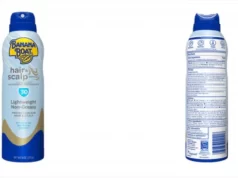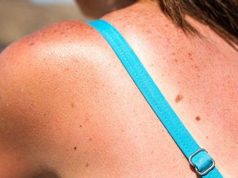Proposed rule will help consumers better understand what the sunscreens they are buying can actually do
THURSDAY, Feb. 21, 2019 (HealthDay News) — The U.S. Food and Drug Administration took steps Thursday to tighten regulation of over-the-counter sunscreen products.
Included in the proposed rule are updates on sunscreen safety, sun protection factor (SPF) requirements, and the effectiveness of insect repellent/sunscreen combinations. Under the proposed rule, two of the 16 active ingredients in sunscreens — zinc oxide and titanium dioxide — are now considered safe and effective, while two others (para-aminobenzoic acid [PABA] and trolamine salicylate) are not. No sunscreens sold in the United States contain PABA or trolamine salicylate. Safety data for 12 other sunscreen ingredients are not sufficient to determine if they are safe and effective, the agency added.
The Environmental Working Group (EWG), a watchdog organization for consumer health, called the new initiative way overdue. “After more than 40 years, the FDA is at last taking serious steps to finalize rules that would require sunscreen companies to make products that are both safe and effective,” David Andrews, Ph.D., senior scientist at EWG, said in a news release. He pointed to one ingredient, oxybenzone, in particular. “For a decade, EWG has worked to raise concerns about sunscreens with oxybenzone, which is found in nearly all Americans, detected in breast milk and potentially causing endocrine disruption,” Andrews said. “Today the FDA recognized those concerns.”
According to the FDA, products that combine sunscreens with insect repellents are not generally considered safe and effective. Under the rule, the maximum sun protection factor on sunscreen labels would be raised from SPF 50+ to SPF 60+. Sunscreens with SPF values of 15 and higher will be required to be broad-spectrum, and broad-spectrum protection against ultraviolet A radiation must also increase as SPF increases. New sunscreen label requirements will include listing of active ingredients on the front of the bottle and other requirements for the front of sunscreen bottles — all meant to help consumers better understand what the sunscreens they are buying can actually do.
More Information: FDA
More Information: EWG
Copyright © 2017 HealthDay. All rights reserved.








